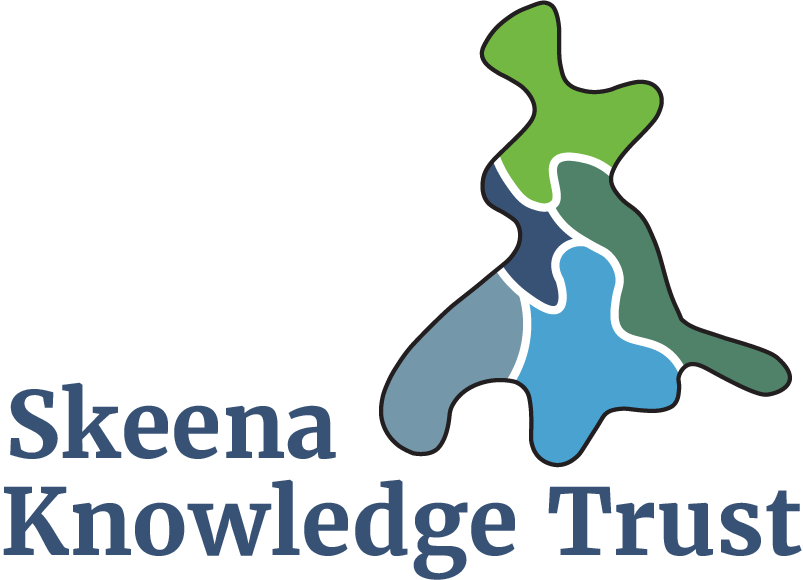-
Effects of host migration, diversity and aquaculture on sea lice threats to...
This journal reports and discusses the results that characterize parasite threats of salmon aquaculture to wild salmon populations and show how host migration and diversity are... -
Ecological Interactions in the Flooded Littoral Zone of Reservoirs
Ecological interactions in the flooded littoral zone of reservoirs: The importance and role of submerged terrestrial vegetation with special reference to fish, fish habitat and... -
Detailed Fish Habitat, Riparian and Channel Assessment for Select Central...
Land use activities have had a significant impact on many of the tributaries within the central Bulkley River watershed. Preliminary air photo analysis has indicated that high... -
DFO Area 4 Annual Reports 1950 - 1972
DFO Area 4 Annual Narrative Reports from 1950 to 1972. Reports include comments on spawning summaries (coho, sockeye, pink and chinook), commercial fisheries, sport fisheries,... -
DFO Area 4 Annual Reports 1918 - 1949
Department of Fisheries and Oceans Area 4 Annual Reports from 1918 - 1949. Reports include comments on spawning summaries (coho, sockeye, pink and chinook), commercial... -
Cutthroat Fishery - Lakelse River/Lake
A compilation of various studies and emails between the researchers and the Ministry of Environment in regards to Lakelse Lake and River assessment through the years of 1969-2001. -
Conserving Skeena Fish Populations and their Habitat
This report constitutes the Skeena Watershed Fish Sustainability Process Stage I document. Conserving Skeena Fish Populations and Their Habitat describes the planning process... -
Conserving Morice Watershed Fish Populations and their Habitat: Stage II...
This report addresses Stage II of the Watershed-based Fish Sustainability Planning process by developing the biophysical profile of the Morice Watershed. Stage II produced a... -
Conserving Kispiox Fish Populations and their Habitat
This report was prepared for the Kispiox Watershed-based Fish Sustainability Plan (KWFSP) planning table. It briefly describes the origin, purpose, and benefits of Watershed-... -
Concepts and Approaches to WSP Benchmarks and Managing Mixed-Stock Fisheries
Explain some key concepts needed to determine WSP benchmarks and how these are extended to development of a multi-stock fishing plan, with input from community/industry advisors. -
Climate Patterns, Trends, and Projections for Omineca, Skeena, and Northeast...
This document summarizes baseline climate, trends, and projections for the three natural resource regions within the North Area of the British Columbia Ministry of Forests,... -
Chemical, Biological and Physical Characteristics of Lakelse Lake
The chemical, biological and physical characteristics of Lakelse Lake, B.C., were investigated during 1974-1975. This report also summarizes relevant fisheries - limnological... -
Chatham Sound Eelgrass Study Report
This report discusses the study on eelgrass in the Chatham Sound estuary. The study was aimed to provide quality data and recommendations to relevant management authorities... -
Canadian Technical Report of Fisheries and Aquatic Sciences
Technical reports contain scientific and technical information that contributes to existing knowledge but which is not normally appropriate for primary literature. Technical... -
Call Lake Creel Census
Call Lake is a small, barren lake situated approximately six kilometers east of Smithers, B.C. It is a shallow lake with no inlet or outlet streams. Call Lake was stocked in the... -
Bulkley/Morice Fish Sample Survey 1987
Population estimate samples for creeks in the Bulkley/Morice region from 1987 -
Bulkley River Steelhead Trout: A Report on Angler Use, Tagging, and Life...
The Bulkley River and its major tributary, Morice River, support one of the most intense steelhead trout fisheries in British Columbia. Recent mailed questionnaire surveys of... -
Bulkley River Bank Stabilization and Riparian Rehabilitation (Telkwa, BC)
The goal of the Bulkley River Bank Stabilization and Riparian Rehabilitation Project was to re-establish a stand of native riparian zone plants immediately adjacent to the... -
Bill Nye Lake - Secondary Lake Inventory
The purpose of this survey is to conduct secondary lake inventories in the southern portions of the Morice and Lakes Forest Districts (Prince Rupert Forest Region). The lake was... -
Babine River Steelhead, 1993/94: Population Estimate and Weir Assessment
This steelhead study included a population estimate of the upper Babine River and a trial operation of the Babine River Weir for future enumeration of the upper Babine and...

